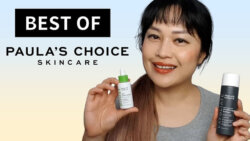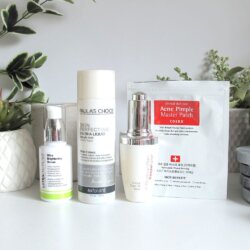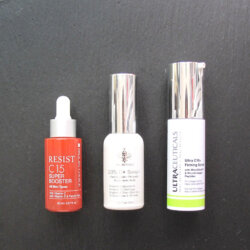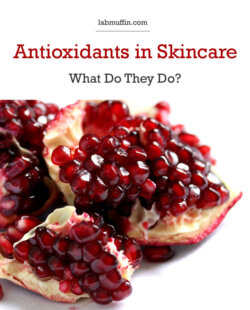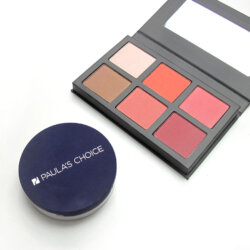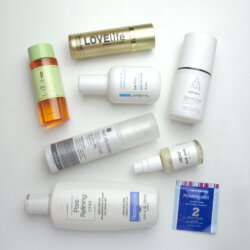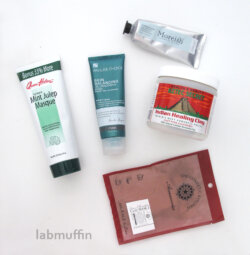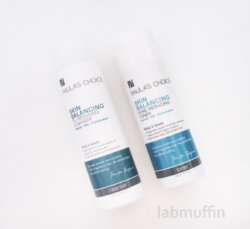Paula’s Choice Skincare: Best Products
My name is Michelle, and I’m a Paula’s Choice tragic. I first got into skincare around 2009. Back then we didn’t have all the brands we have now – and more importantly, we didn’t have all the skincare information we have now. Paula Begoun was one of the few lone voices in the internet landscape talking about the science behind …
